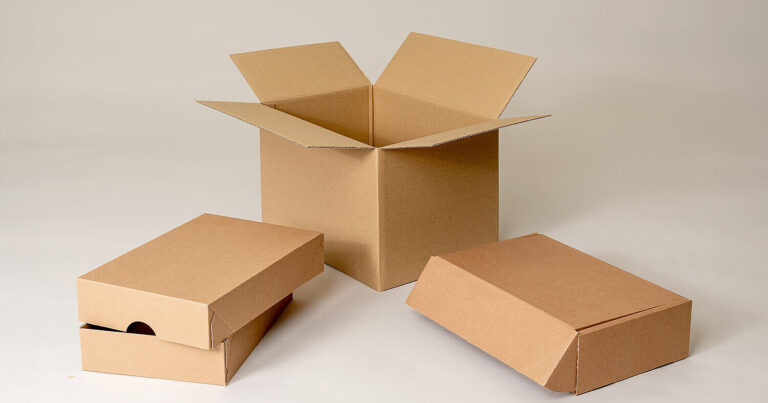The field of packaging is a dynamic and crucial component of various industries. The choice of printing technique plays a pivotal role in determining the visual appeal, functionality, and effectiveness of packaging materials. This article delves into the intricate world of printing techniques used in packaging materials.
From the precision of offset printing to the flexibility of digital printing, each method has its unique characteristics. Understanding these techniques is essential for professionals in the packaging industry, as they directly influence branding, product visibility, and consumer engagement. In this comprehensive exploration, we will unravel the nuances of offset, digital, flexographic, gravure, and screen printing in the context of packaging materials.
Offset Printing
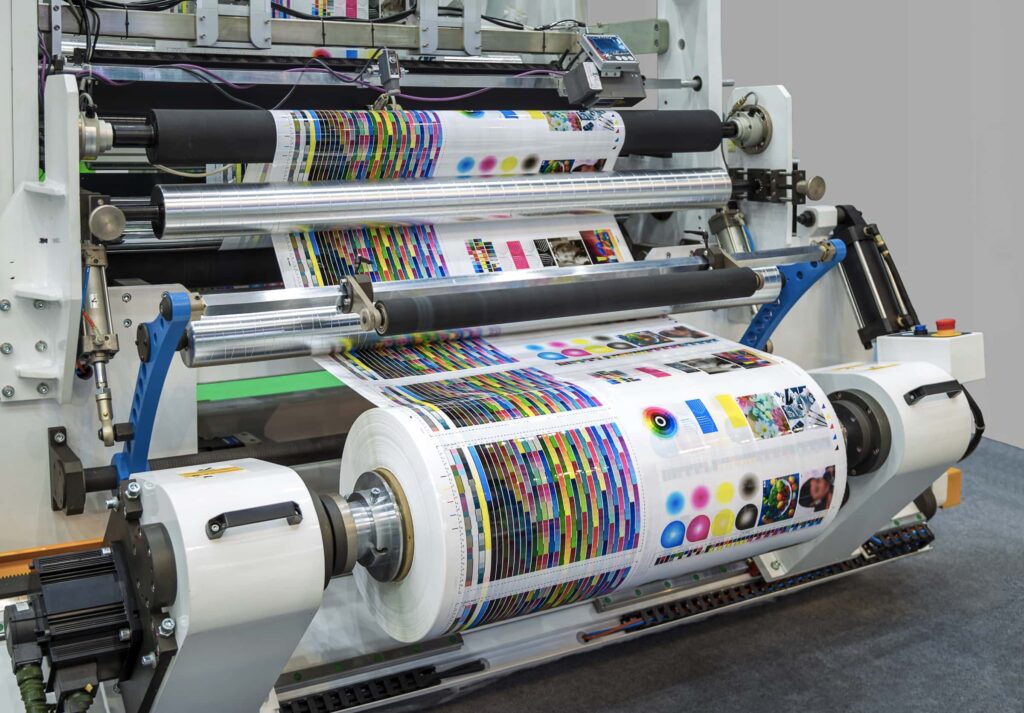
Offset printing, also known as lithography, is a prominent and versatile printing technique widely used in the packaging industry. It involves the transfer of ink from a plate to a rubber blanket, which then applied it to the printing surface, typically paper or paperboard in packaging. Here’s a detailed overview:
- Plate Preparation: Offset printing begins with the creation of printing plates, one for each color to be used.
- Ink Transfer: Ink is applied to the plates and transferred to a rubber blanket, which is then pressed onto the substrate.
- Color Accuracy: It excels in color accuracy, making it suitable for reproducing intricate designs, including digital labels.
- Substrate Versatility: Offset printing can be used on various substrates, from thin paper to cardboard, making it adaptable for packaging materials.
- Cost-Effective: Economical for large print runs, reducing per-unit costs.
- Quality: Produces high-quality, sharp images with fine details.
- Setup Time: Longer setup times and waste during press setup compared to digital printing.
- Customization: Limited variable data capabilities compared to digital printing.
Offset printing remains a popular choice for packaging, especially when color accuracy and high-quality visuals, such as digital labels, are crucial. It strikes a balance between cost-effectiveness and quality, making it a reliable option for many packaging applications.
Digital Printing
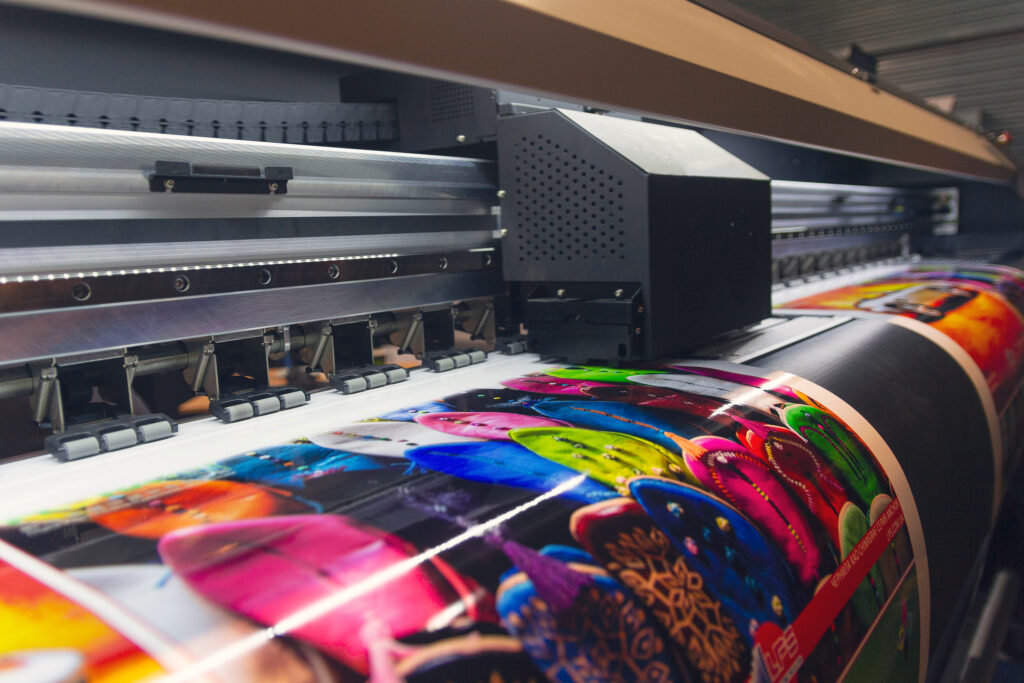
Digital printing is a modern printing method revolutionizing the packaging industry. Here’s a comprehensive look at its key aspects:
- Direct-to-Substrate Printing: Digital printing allows direct printing onto packaging materials, eliminating the need for plates.
- Variable Data Printing: Ideal for personalized packaging, each unit can have unique content, like QR codes, barcodes, or customer names.
- High-Quality Graphics: It excels in reproducing intricate designs, images, and digital labels with vibrant colors and fine details.
- Quick Turnaround: Short setup times enable rapid production, making it suitable for short print runs and on-demand packaging.
- Cost-Efficiency: Digital printing reduces waste and setup costs, making it cost-effective for smaller quantities.
- Customization: Tailor packaging to target specific market segments or events, enhancing brand engagement.
- Color Consistency: Achieves consistent color reproduction, vital for maintaining brand identity.
- Eco-Friendly: Minimal waste, reduced chemicals, and energy efficiency contribute to sustainability.
Digital printing’s flexibility and adaptability make it a powerful tool for modern packaging, enabling brands to create eye-catching, customized packaging solutions that stand out in a competitive market.
Flexographic Printing
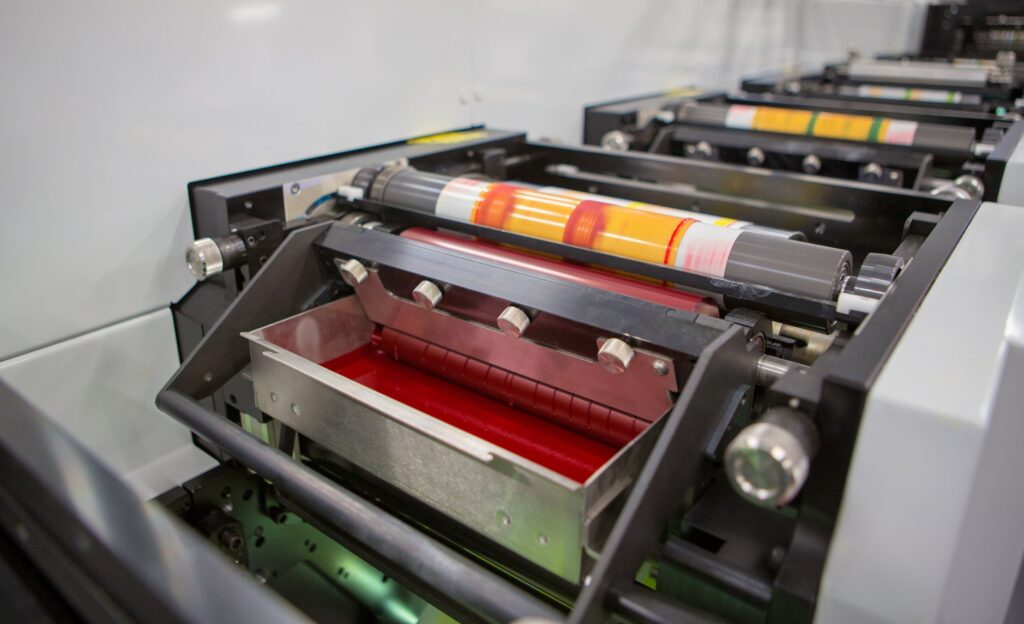
Flexographic printing is a widely used technique in the packaging industry known for its versatility and efficiency. Here’s a detailed overview:
- Relief Printing: Flexo printing employs flexible plates with raised images that transfer ink onto various substrates.
- Substrate Versatility: It can print on a wide range of materials, including paper, film, plastics, and even corrugated cardboard.
- High-Speed Production: Flexo presses can operate at high speeds, making them suitable for large print runs.
- Cost-Effective: It offers cost advantages for bulk production due to lower ink costs and fast setup times.
- Vibrant Colors: Flexo printing delivers vivid and consistent colors, crucial for brand recognition.
- Adaptability: Ideal for various packaging types, from labels and flexible packaging to corrugated boxes.
- Sustainable Practices: Water-based inks and reduced waste contribute to eco-friendliness.
- Specialty Applications: It can incorporate special inks, coatings, and finishes for unique packaging effects.
Flexographic printing’s versatility and efficiency make it a preferred choice for many packaging applications, particularly in the food, beverage, and pharmaceutical industries.
Gravure Printing
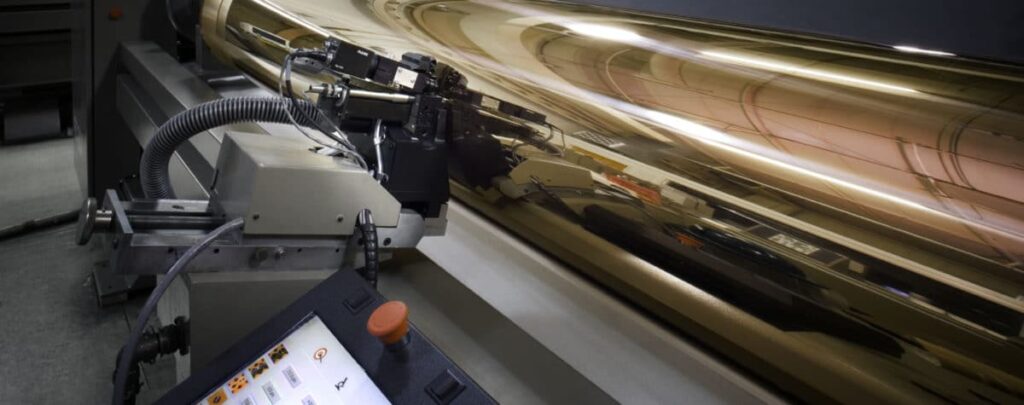
Gravure printing is a sophisticated and high-quality printing process widely used in the packaging industry. Here’s a comprehensive look at gravure printing:
- Intaglio Process: Gravure is an intaglio printing method, where images are etched or engraved into a cylinder.
- Exceptional Detail: It excels in reproducing fine details and continuous tones, making it ideal for high-quality packaging.
- Substrate Variety: Gravure can be used on a variety of substrates, including paper, plastic, and metallic films.
- Long Runs: It’s suitable for long print runs due to its consistent quality and efficiency.
- High Resolution: Gravure provides exceptional image resolution and color vibrancy.
- Specialty Inks: It can incorporate specialized inks and coatings for added effects.
- Cost-Effective for Large Quantities: While setup costs are high, gravure becomes cost-effective for large production volumes.
- Applications: Gravure is often used in flexible packaging, labels, and high-end product packaging.
Gravure Printing’s ability to produce high-quality, detailed images makes it a preferred choice for premium packaging where aesthetics and branding are crucial.
Screen Printing
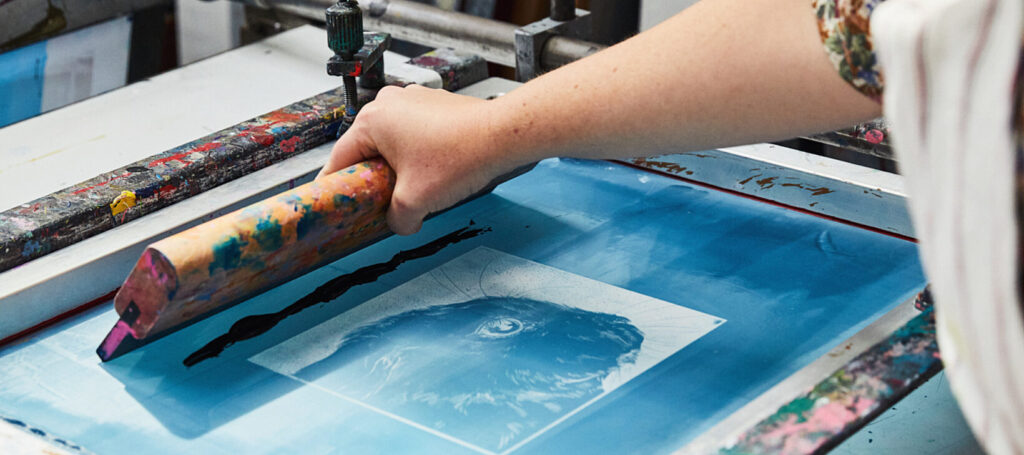
Screen printing, also known as silk screen printing, is a versatile printing technique used in the packaging industry. Here’s an in-depth overview of screen printing:
- Stencil Method: Screen printing involves using a stencil to create an image on a screen mesh.
- Ink Transfer: Ink is transferred to the substrate through the open areas of the mesh, creating the desired image.
- Substrate Variety: It can be applied to a wide range of substrates, including paper, cardboard, plastics, and textiles.
- Vibrant Colors: Screen printing offers vibrant and opaque colors, making it suitable for eye-catching packaging.
- Special Effects: It allows for specialty inks, such as metallic or fluorescent, and various textures or finishes.
- Customization: Screen printing is highly customizable, making it ideal for unique and creative packaging designs.
- Short to Medium Runs: While it’s cost-effective for shorter runs, setup can be time-consuming for very small quantities.
- Applications: Screen printing is used for product labels, promotional packaging, and custom packaging solutions.
Screen printing’s versatility and ability to create visually striking packaging make it a valuable choice for brands looking to make a memorable impact on consumers.
In conclusion, the printing techniques used in the packaging industry play a pivotal role in determining the visual appeal, functionality, and cost-effectiveness of packaging materials. Offset printing, known for its high quality and cost efficiency, remains a popular choice for large production runs.
Digital printing offers unparalleled customization and is ideal for short runs and variable data printing. Flexographic printing is a versatile option for various substrates, while gravure printing excels in high-volume, high-quality jobs. Screen printing stands out for its vibrant colors and customization options. Each technique has its strengths, and the choice depends on factors like volume, design, and budget. As packaging trends evolve, staying updated with printing innovations is crucial for brands looking to make an impact in the competitive market.

